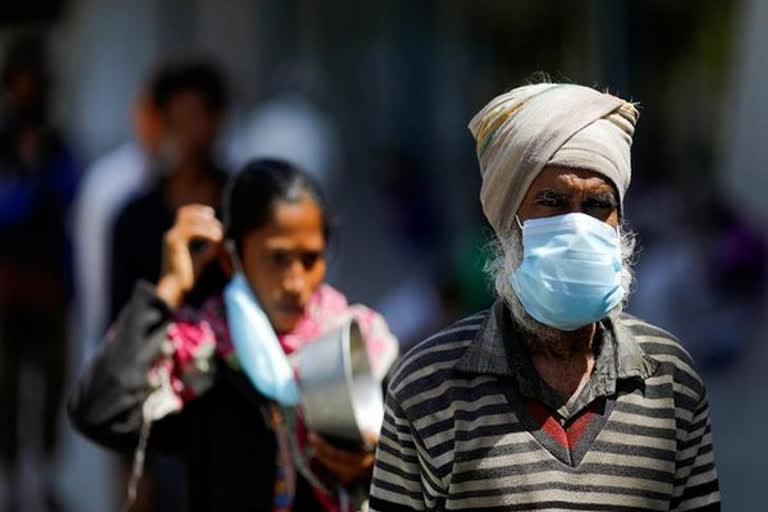Hyderabad: While the sight of the jobless migrant workers walking back to their native villages without food and water and many of them dying on the way have appalled the nation, the Finance Minister’s announcements under the Atmanirbhar Bharat Abhiyan were far from giving immediate relief to people.
Let’s analyse the efficacy of the announcements -
Releasing necessary money from the SDR fund is theoretically a good idea. However, the problem possibly lies in the implementation of actions. Such implementation of actions (such as providing shelter, food, transport, strict medical screening at borders and assurance from respective states) to make the return of the migrants less harsh requires a very strong centre-state and state-state networking which lacks in India.
The Government’s decision to provide 5 kgs rice or wheat and 1 kg of ‘Chana’ to the migrant workers including the non-card holders for the next two months is expected to be of some relief. However, along with this provision of food grains (which could have been raised to 7 kgs), direct cash transfers to these people was also the need of the hour.
It has to be kept in mind that consumption function of an individual for a very basic livelihood does not end with wheat, rice or ‘chana’. There are many essential goods like medicines and baby food which cannot be replaced with rice or wheat. The Government announcements did not seem to be very sensitive in broadening the consumption function of individuals.
As the labourers migrate back, there is sure to be administrative difficulties in terms of identifying them and distributing food grains through PDS. As non-card holders are also included in this scheme, to ensure that one person receives food grains only once in a month, simple mechanisms like finger-inking could be thought of.
As thousands of jobless workers are migrating back to their native villages the major challenge with the government is to create employment opportunities for them. To this measure the government has made additional allocation to the tune of Rs 40,000 crore for the MGNREGA to meet the raising demand for jobs in rural areas.
Read more:Measures in stimulus package aimed at greater multiplier effect: Sitharaman
Though it is a welcome step, as far as the implementation of the scheme is concerned, government data for 2018-19 reveal quantum heterogeneity across states in terms of average number of person days to each rural household ranging from 13.11 in Goa to 92.48 in Mizoram.
What is even more striking is that the percentage of households reaching 100 day limit out of those who were provided work has been as meagre as 10% in 2018-19. Hence it is evident that 100 days of work was never given to the people across the country.
